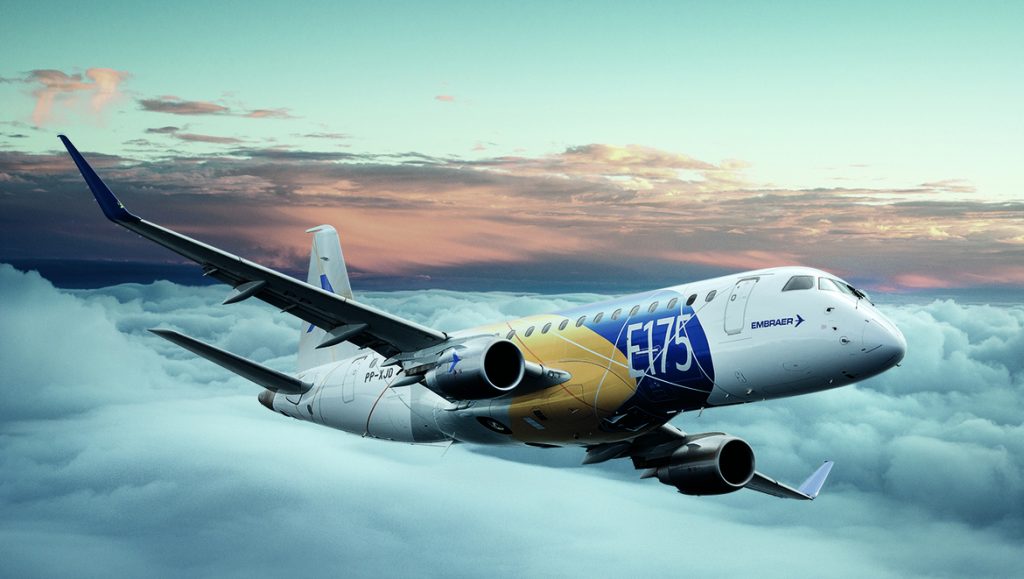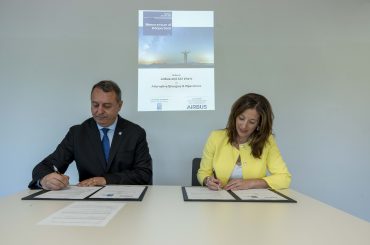
Brazilian planemaker Embraer has said it is in “active talks” with potential partners to develop its latest turboprop aircraft, the first it has built in over four decades.
It comes after US giant Boeing axed a $4 billion joint-venture deal in April. Embraer had previously aimed to develop its latest turboprop as a part of its dealings with Boeing.
Despite the deal falling through, the Brazilian manufacturer has changed its tune, and said it now wants to partner with external companies only for particular projects, such as its turboprop development, and that the commercial unit is no longer for sale.
Embraer had previously sought to develop its turboprop as part of its tie-up with Boeing. It now says it wants only project-led alliances and the commercial unit is not for sale.
“We are actively in discussions with (turboprop) partnerships, but I can’t go into more details now,” Embraer Commercial Aviation chief executive Arjan Meijer said.
“Also the type of partnership, be it industrial or financial, is wide open. We are looking at all the options, or it could be a combination of the two … We are not ruling anyone out at this point.”
Analysts have said the development could cost around $2 billion.
According to Embraer, both its popular E2 regional jet, and its future turboprop development, are ideal solutions for carriers adjusting to the market after the COVID-19 crisis, being smaller in size and more efficient than jets for short-haul trips.
While most forecasts suggest a full traffic recovery by 2024, “for our segment below 150 seats, we believe it will recover a lot sooner”, Meijer said.
“Airlines that have the ability to fly smaller planes do so … We strongly believe airlines will need to focus on profitability,” he said.
Currently, the turboprop market is dominated by European manufacturer ATR. Prior to the pandemic, ATR predicted a 20-year demand forecast for turboprops to be worth $80 billion.
However, the market has been hit somewhat harder by the COVID crisis, due to a surplus of used planes and significant exposure to smaller operators, often the hardest hit by the pandemic.
ATR reportedly delivered just one plane between January and September this year.
Meijer said Embraer’s initial design will be conventionally powered, low emission and reduce noise pollution, in keeping with the modern standards of aircraft.
However, any design will need to be as future-ready as possible, Meijer said, in the understanding that turboprops are likely to be among the first to face future competition from alternative fuel sources, including hydrogen.
Currently the planemaker is not expected to announce its launch plans until at least 2021 or beyond, as the industry continues to grapple with the COVID-19 pandemic.
“We are a strong company and have a good cash position, so we are very confidently looking forward,” Meijer said.
Industry sources suggest a strong uptick in demand for turboprop aircraft in the Asia-Pacific region, particularly in South Korea.
Meanwhile, Swedish-based Saab has rejected speculation by industry officials that it may play a part in the venture with Embraer, having exited the civilian turboprop market in the late ’90s.
“Saab has no plans to restart the development and production of civil aircraft,” a spokesman said, adding that its investment focus also remained defence, including strong ties with Brazil.














